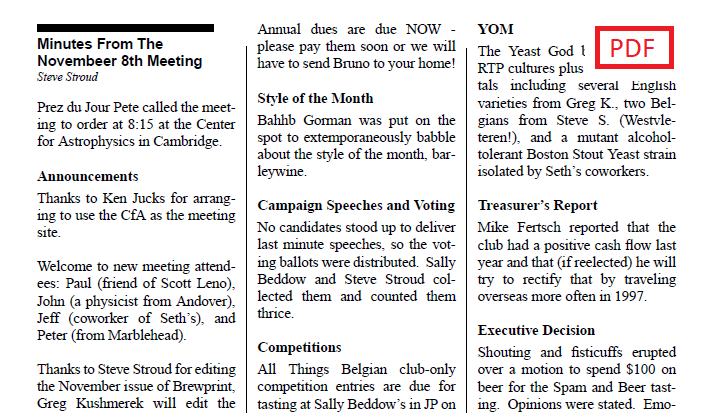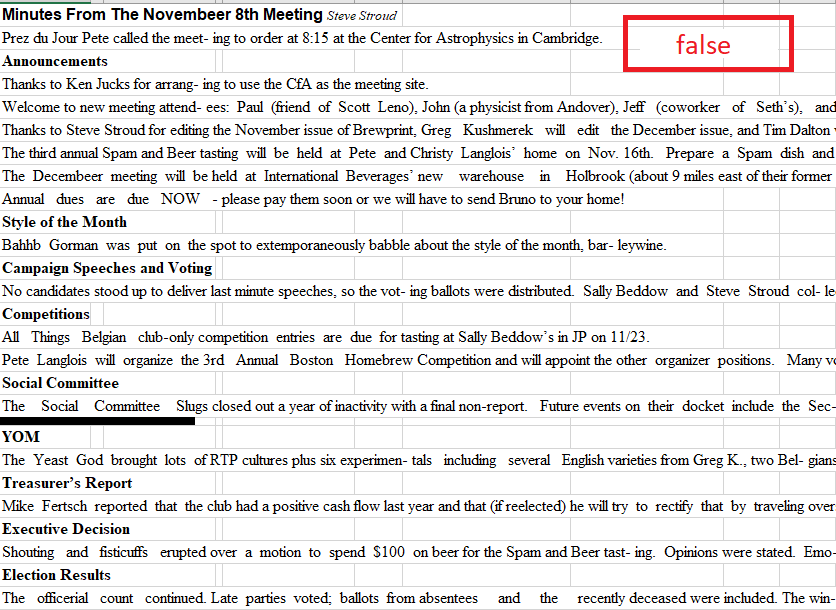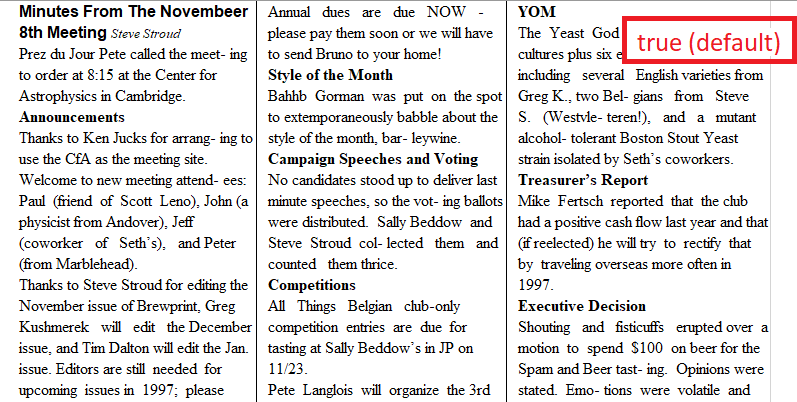Solid Framework 9.2.8492.1 Released
The latest public release of Solid Framework SDK is now available for download from the developer portal at www.solidframework.net. This is version 9.2.8492.
Main features
Handling of column-based non-table text when converting to Excel
We have created a new Option “PreserveColumnsInNonTableContent”.
If this is true (the default) then non-table content will be retained in columns when exporting to Excel. This will make the reconstructed spreadsheet look similar to the PDF. If it is false then non-table content will be placed in the first column, with one paragraph per row.
The default value is different from previous version of Solid Framework. This will result in a different, but more faithful reconstruction.
This option is only meaningful if TablesFromContent is true.
Note: in 8472 we implemented this mechanism by making TablesFromContent an enum. However, this could cause compile time issues for our customers, and therefore we have reverted to the previous mechanism.
“FireSaveProgress” and and other PagesModel events are now available in C++
SaveProgress and other, similar, events have been available within the .Net version of Solid Framework for a long time.
We have now made the same functionality available within the native C++ version of Solid Framework.



